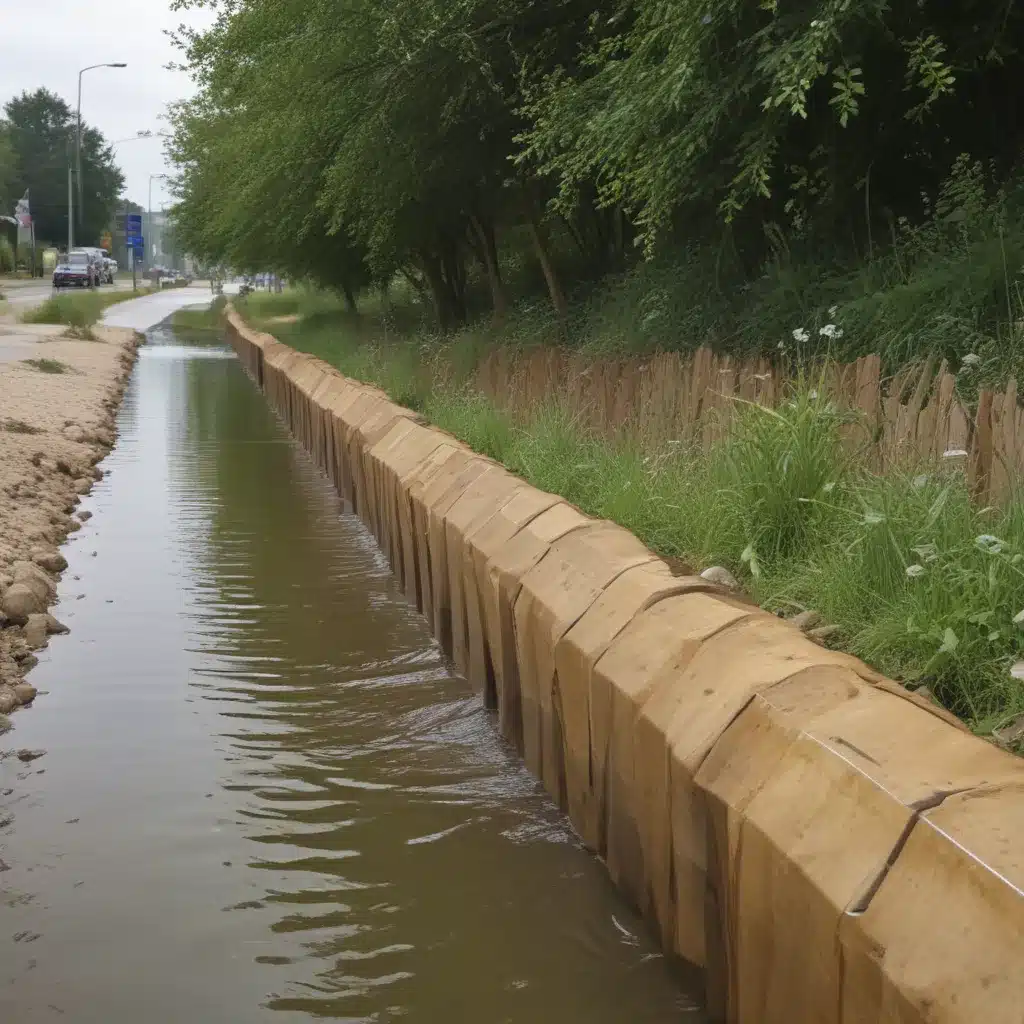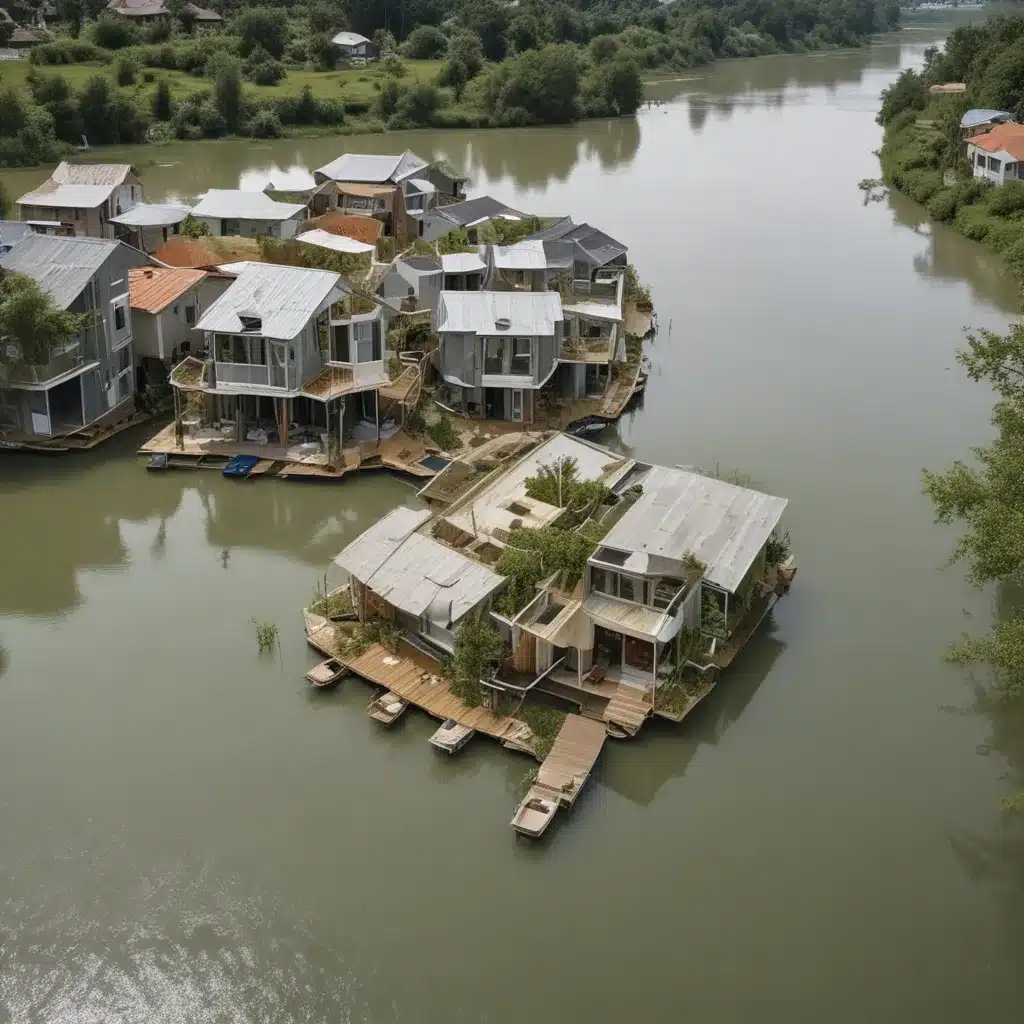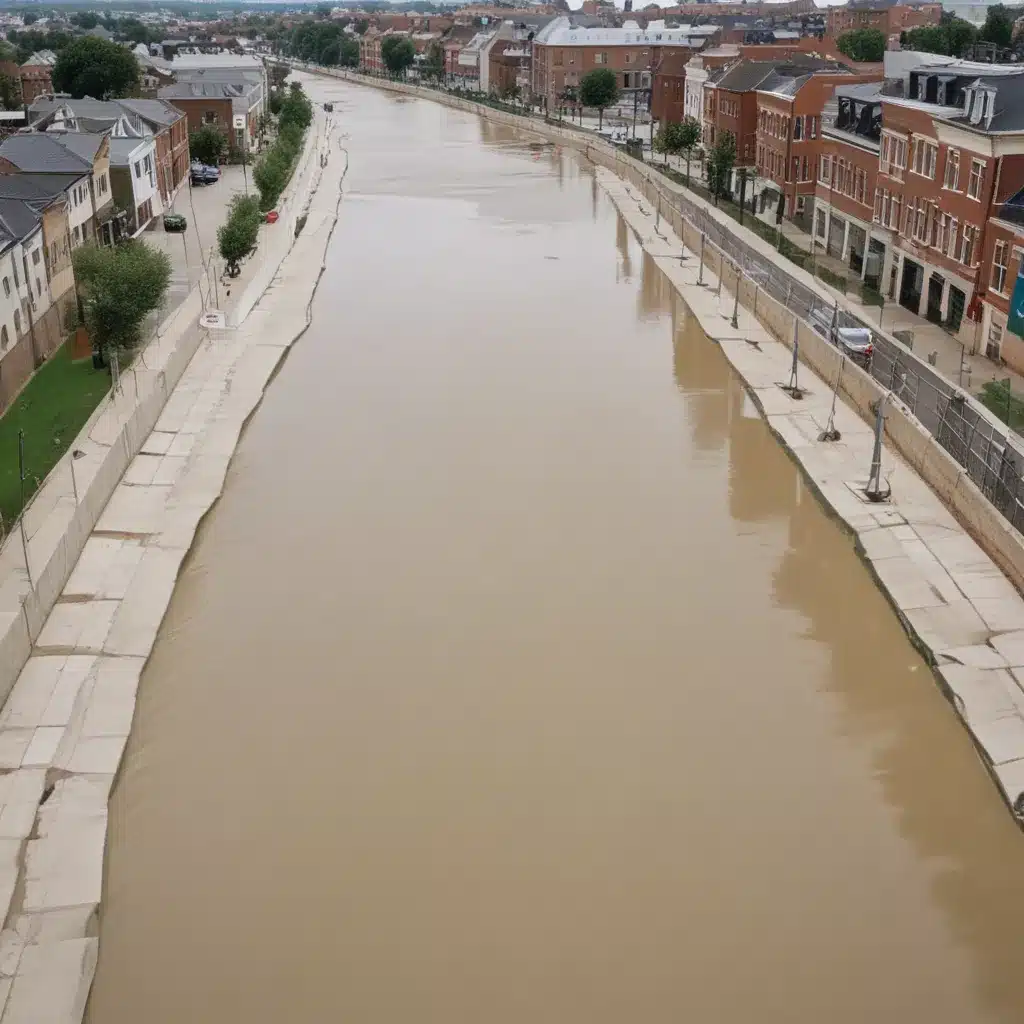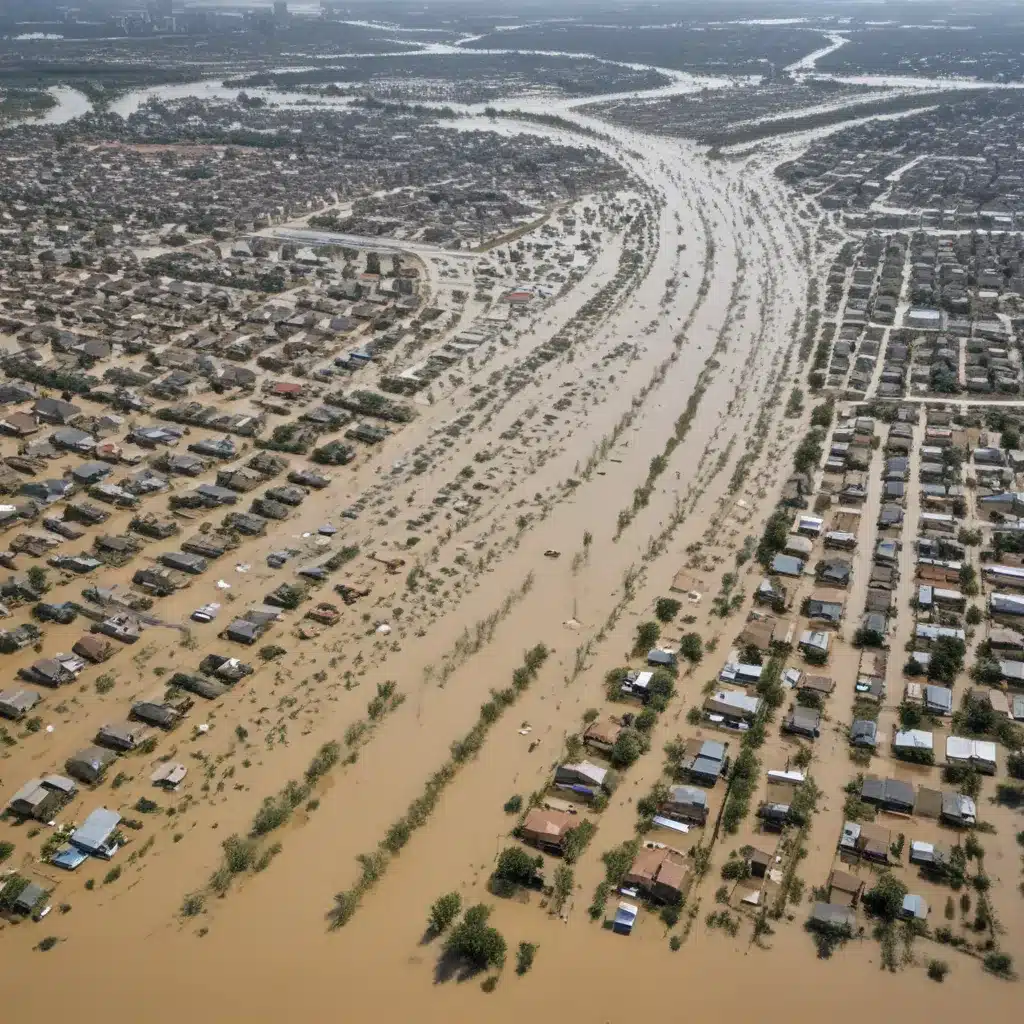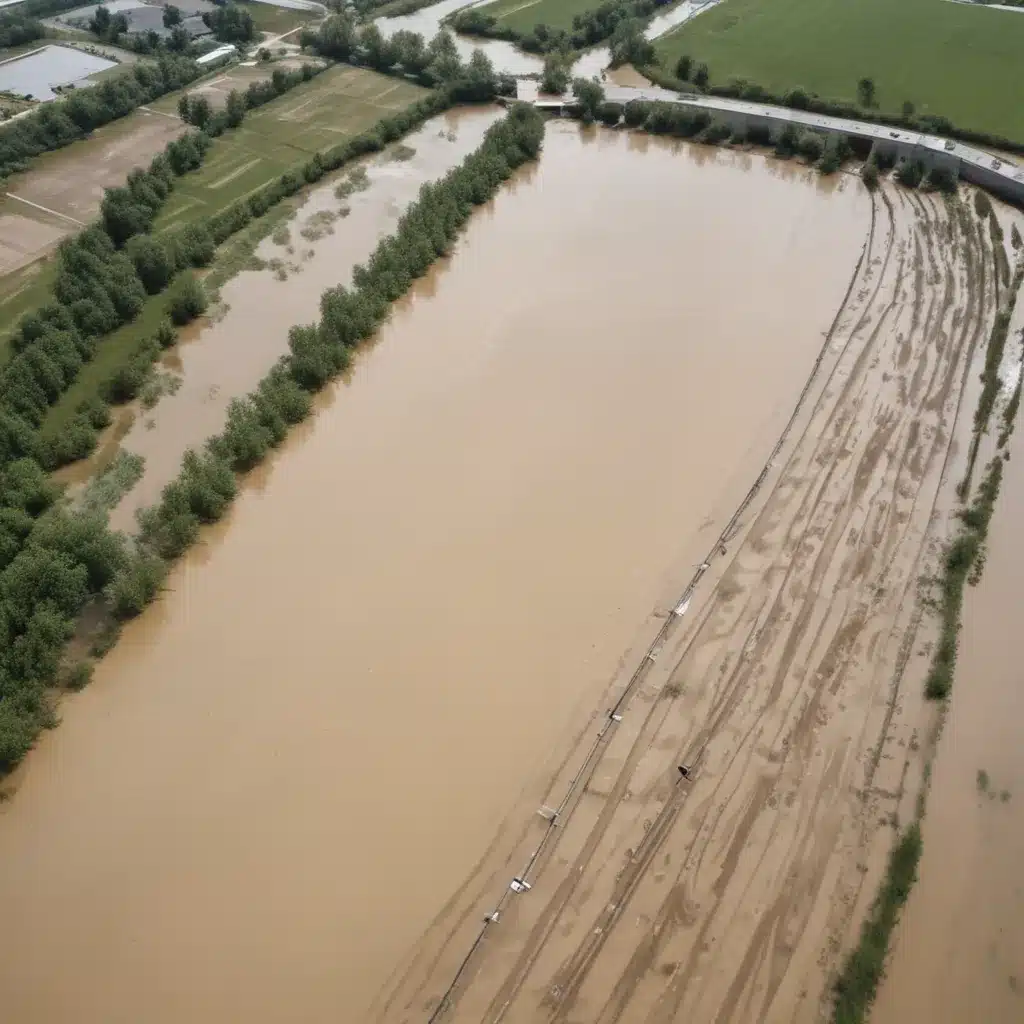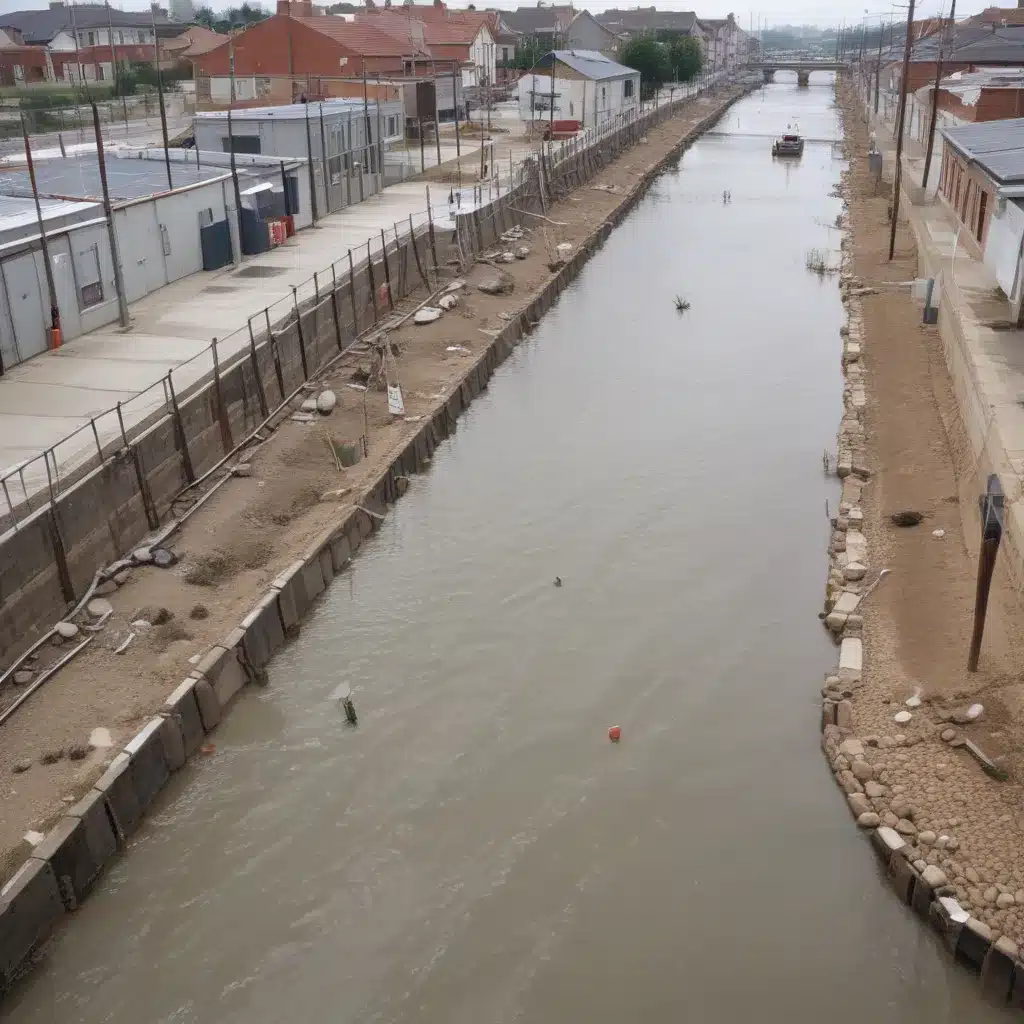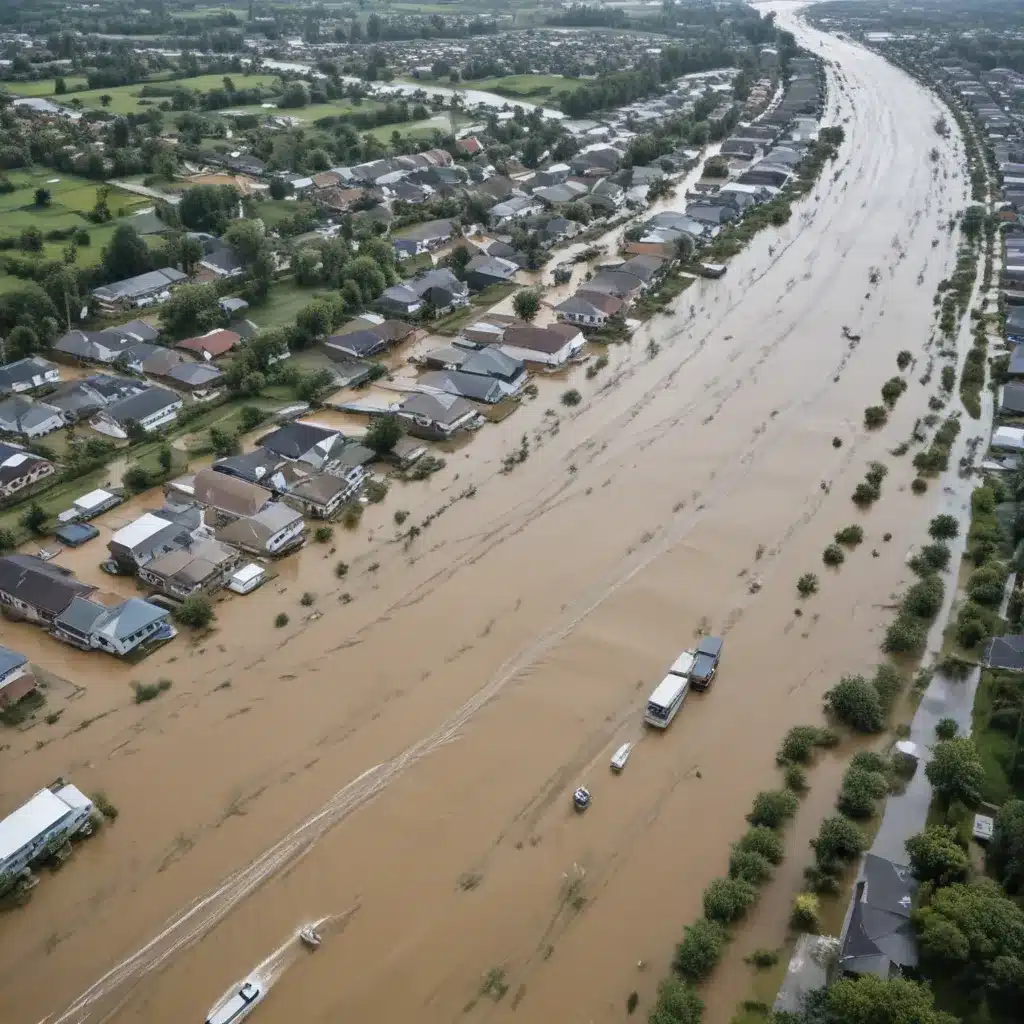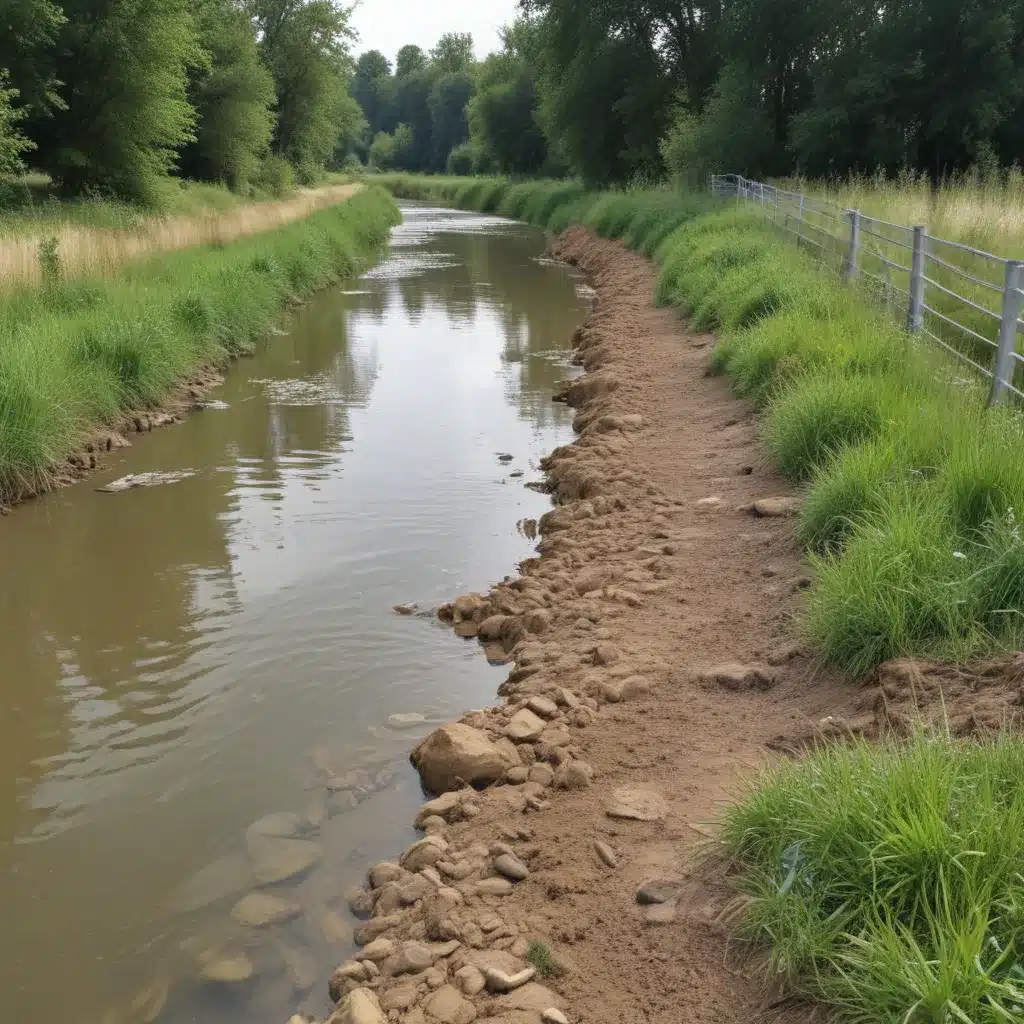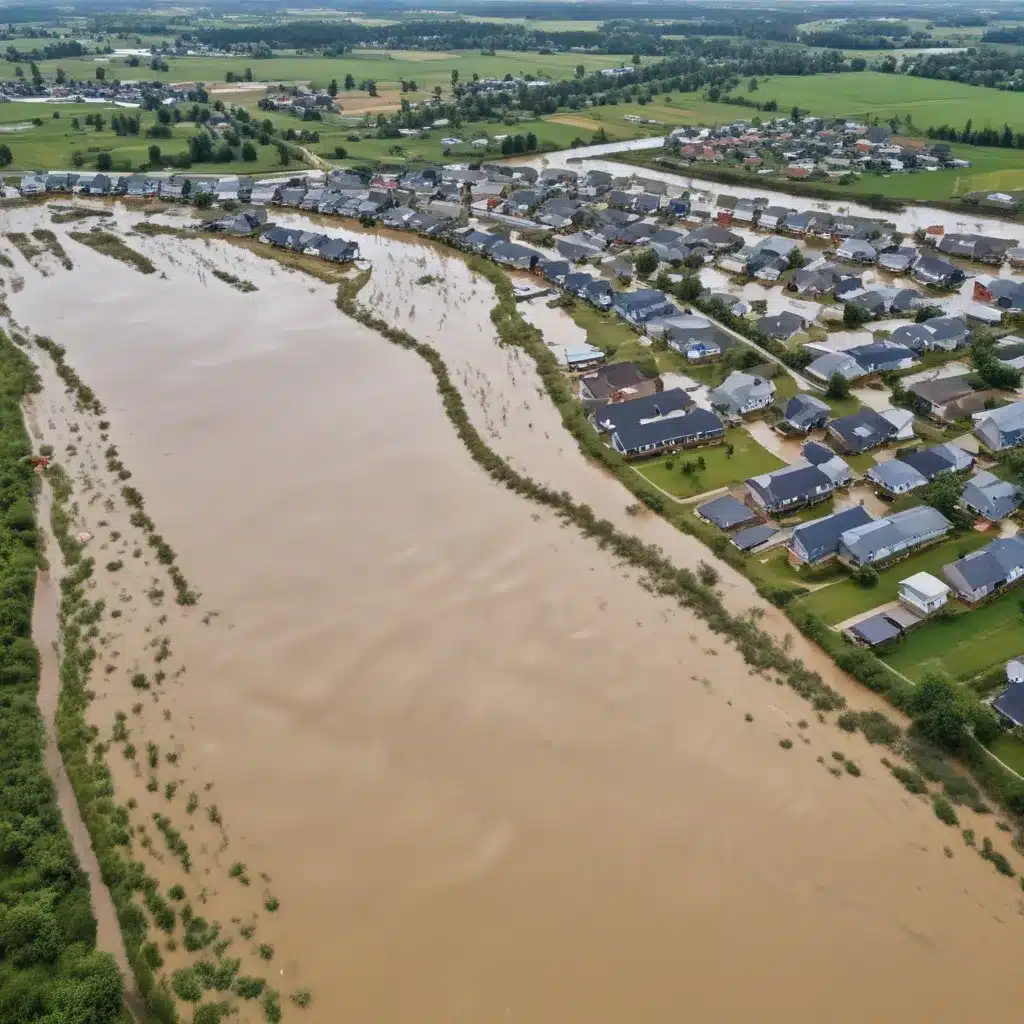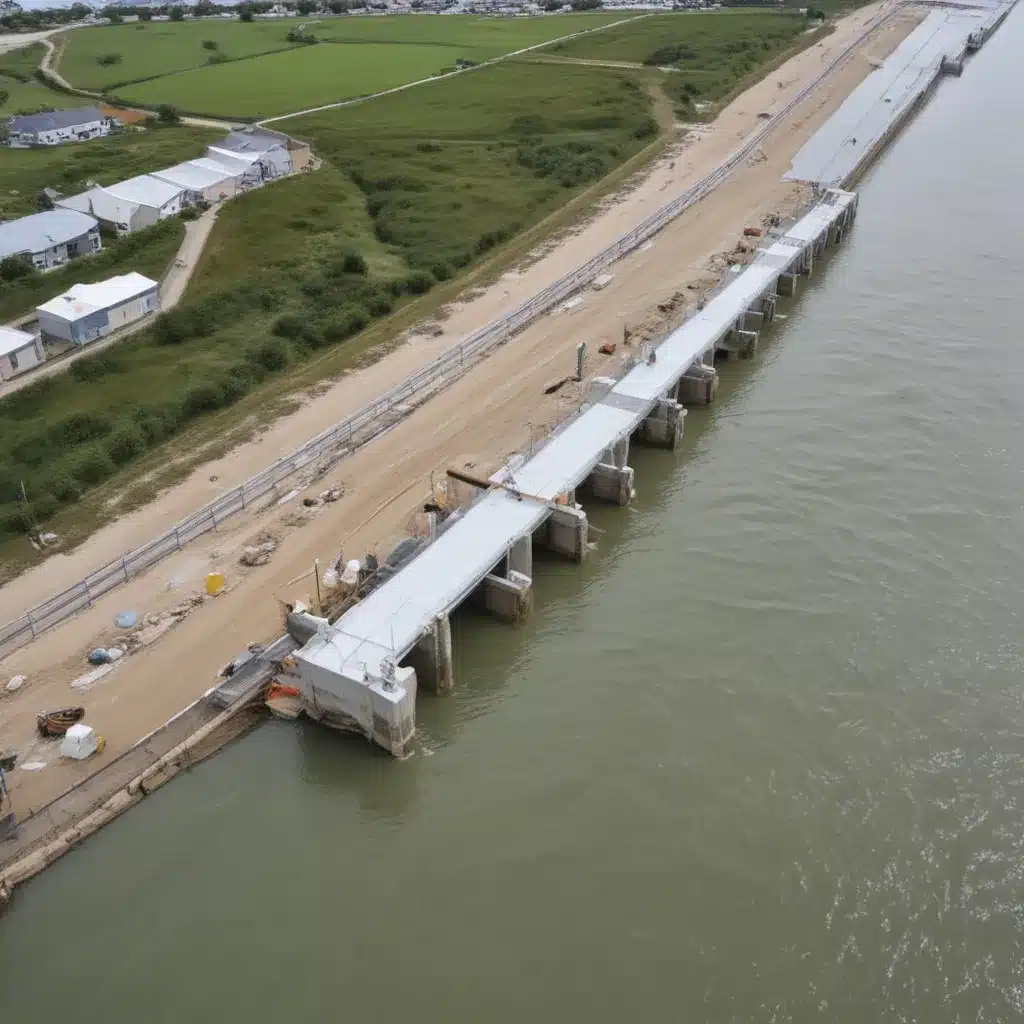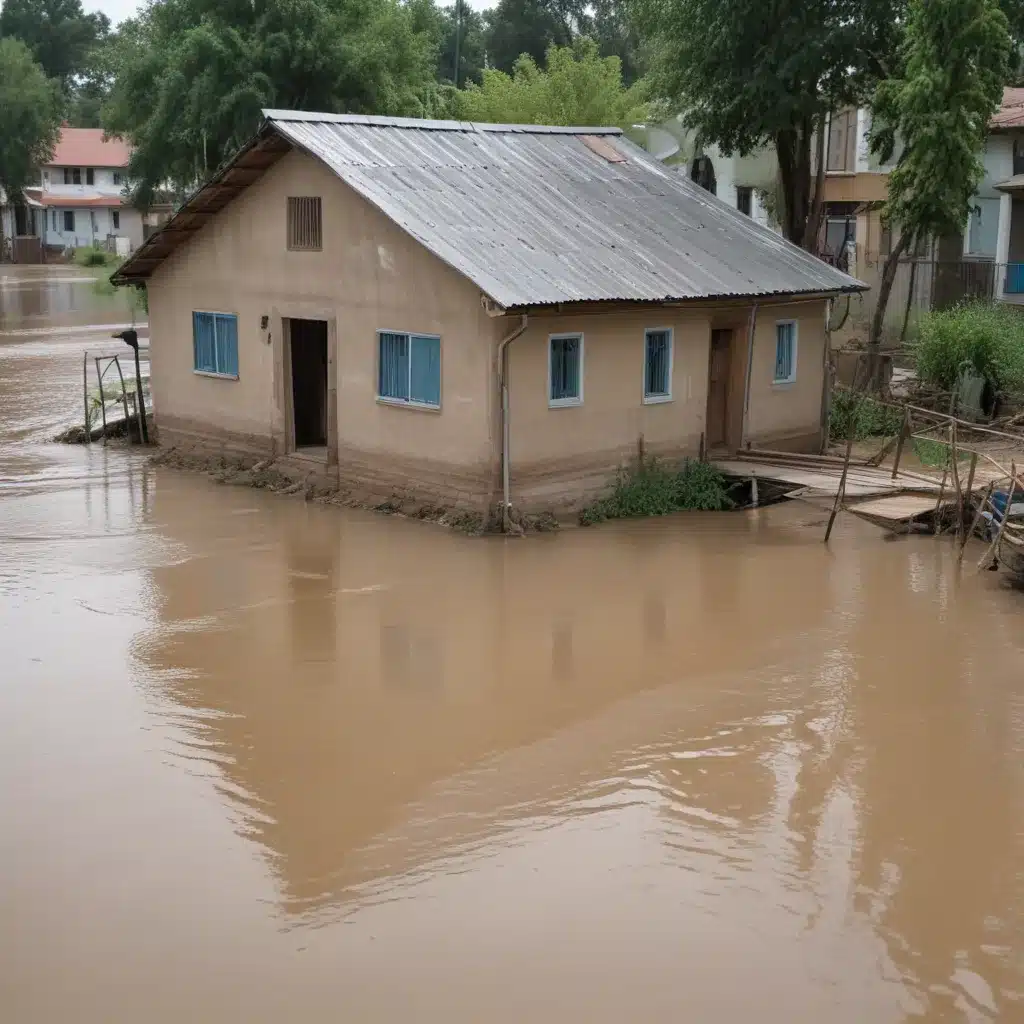In recent years, the world has witnessed an alarming increase in the frequency and intensity of floods. These devastating natural disasters have wreaked havoc on communities, causing immense loss of lives and property. As a result, there is an urgent need for innovative and effective flood management strategies. One such strategy that has gained significant traction is the establishment of public-private partnerships (PPPs). In this article, we will delve into the realm of flood management and explore how PPPs are revolutionizing the way we mitigate and respond to floods.

Understanding the Challenges
Before we dive into the role of PPPs in flood management, it is crucial to grasp the challenges faced by communities and governments in dealing with floods. Climate change has contributed to the increased severity and unpredictability of rainfall patterns, leading to more frequent and intense flooding events. Additionally, rapid urbanization and inadequate infrastructure exacerbate the impact of floods, making it imperative to find sustainable and efficient solutions.
The Power of Collaboration: Public-Private Partnerships
Public-private partnerships have emerged as a game-changing approach to flood management. By bringing together the resources, expertise, and innovation of both the public and private sectors, these partnerships are paving the way for effective flood prevention, preparedness, and response strategies.
1. Enhanced Infrastructure Development
Infrastructure plays a vital role in flood management. Through PPPs, governments can leverage private sector investments to accelerate the development of flood-resistant infrastructure. This includes the construction of robust levees, flood walls, and stormwater drainage systems. The involvement of private entities not only injects much-needed capital but also introduces innovative engineering techniques and technologies that enhance the resilience of these structures.
2. Integrated Data Collection and Analysis
Accurate and timely data is the backbone of effective flood management. Public-private partnerships enable the integration of various data sources, such as weather monitoring systems, satellite imagery, and ground-level sensors. By combining these diverse datasets, stakeholders gain a comprehensive understanding of flood patterns, allowing for more accurate forecasting and early warning systems. This integrated approach empowers communities to take proactive measures and evacuate vulnerable areas, minimizing the impact of floods on lives and property.
3. Community Engagement and Awareness
PPPs foster community engagement and raise public awareness about flood risks and management strategies. By involving private sector actors, such as insurance companies and technology firms, in educational initiatives, communities gain access to valuable resources and expertise. These partnerships facilitate the dissemination of information through digital platforms, community workshops, and interactive tools, empowering individuals to make informed decisions about flood preparedness and response.
4. Innovative Financing Models
Flood management requires substantial financial resources. Public-private partnerships offer innovative financing models that alleviate the burden on governments and taxpayers. By leveraging private sector investments, governments can secure the necessary funding for flood prevention and mitigation projects. Furthermore, PPPs often introduce performance-based contracts, incentivizing private entities to deliver results and ensuring the efficient use of resources.
5. Technological Advancements
The private sector is at the forefront of technological advancements that can revolutionize flood management. Public-private partnerships facilitate the transfer of cutting-edge technologies, such as remote sensing, artificial intelligence, and predictive modeling, from the private sector to government agencies. These technologies enable more accurate flood forecasting, real-time monitoring, and informed decision-making, ultimately enhancing the overall resilience of communities in the face of floods.
Conclusion
In conclusion, public-private partnerships have emerged as a powerful tool in revolutionizing flood management strategies. By fostering collaboration between the public and private sectors, these partnerships bring together resources, expertise, and innovation to address the challenges posed by floods. From enhanced infrastructure development to integrated data analysis, community engagement, innovative financing, and technological advancements, PPPs offer a holistic approach to flood prevention, preparedness, and response. As we continue to face the escalating threats of climate change, it is imperative that we harness the full potential of public-private partnerships to build resilient communities and safeguard lives and property from the devastating impacts of floods.

